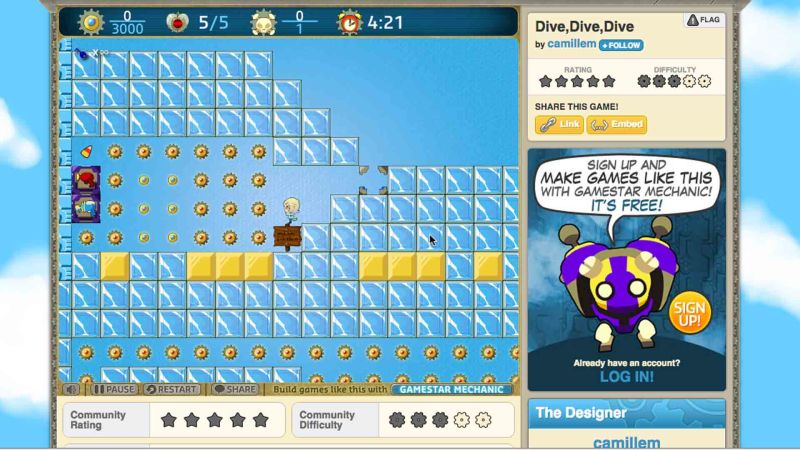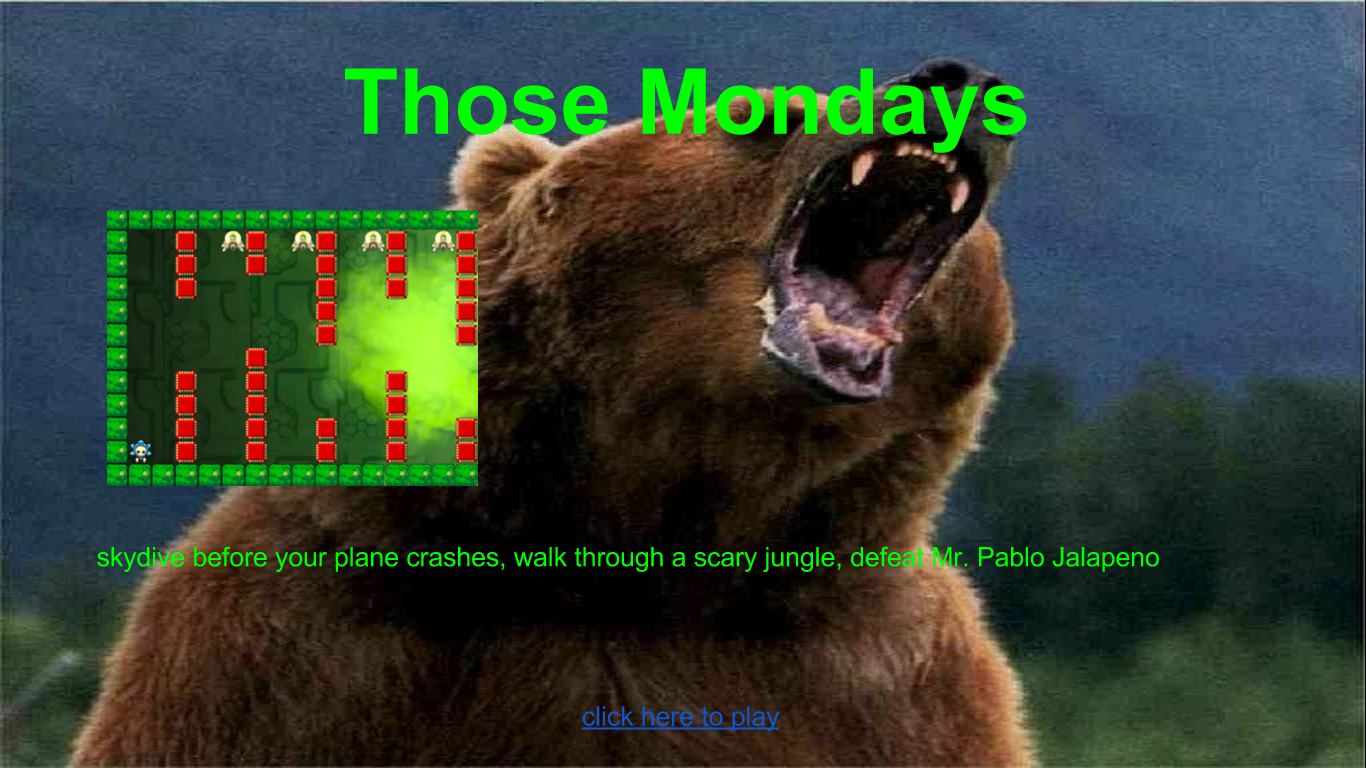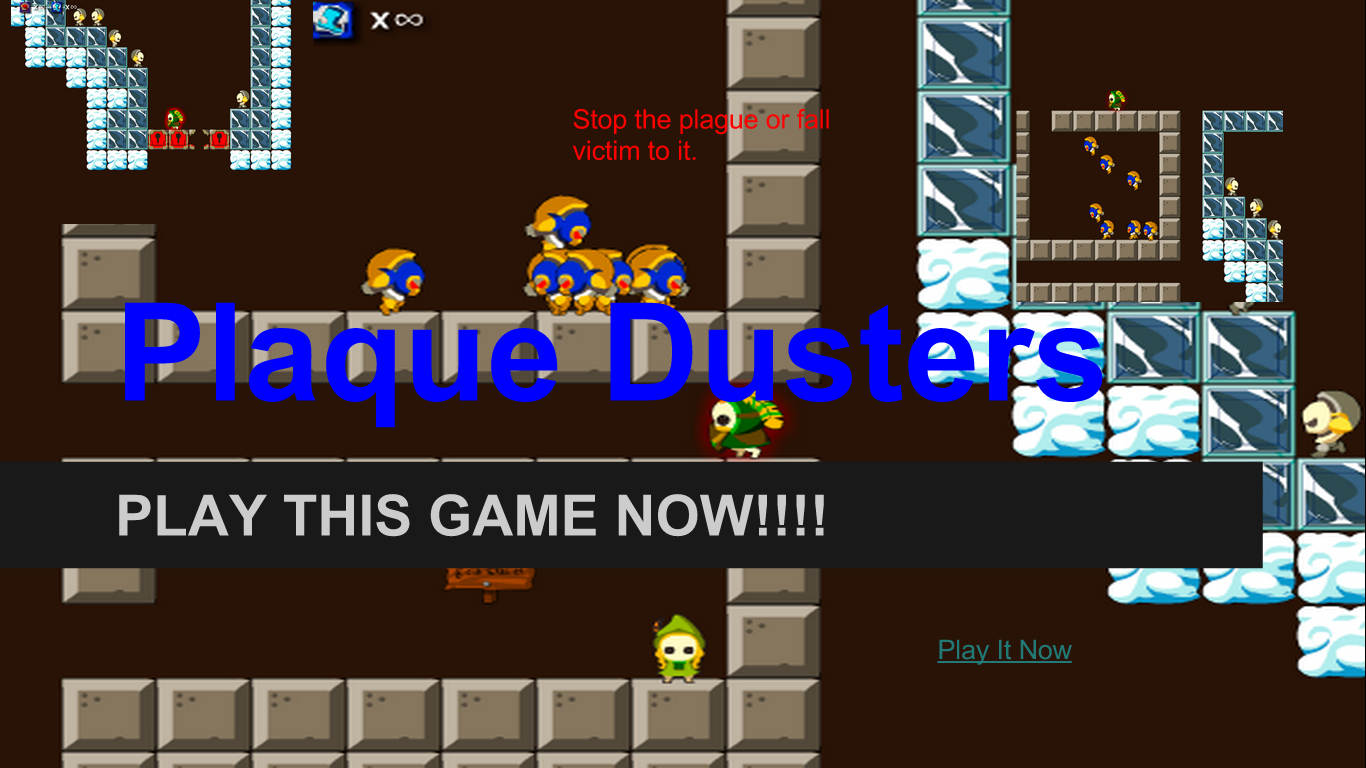When educator Lynn Koresh hears from kids that they want a career doing something with computers, she asks, “To do what with computers?”
Adults often encourage kids to pursue science, technology, engineering and math (STEM) skills, and computing classes are usually a first stop. But Koresh knows it’s the real-world applications of computational thinking and coding language skills that bring such knowledge to life.
She reasoned that most middle school students are already playing video games and might respond well to a unit on how to design, create, test and promote video games. Along the way, she's also teaching them about digital citizenship and entrepreneurship.
“I wanted to give kids exposure to what it means to have a career using computers,” said Koresh, technology coordinator at Edgewood Campus School in Madison, Wisconsin.
She gave students the task of designing a game using Gamestar Mechanic. It’s a Web tool that helps kids create games. Before any programming begins, students talk about their games, set objectives and start storyboarding on paper. They think about the game’s avatars and how the game mechanics will work. Koresh shared her experience teaching this class at the Games Learning Society conference in Madison.





